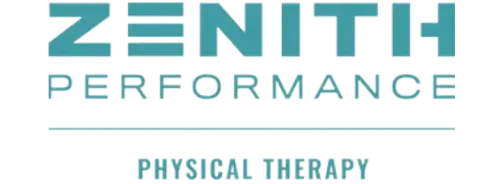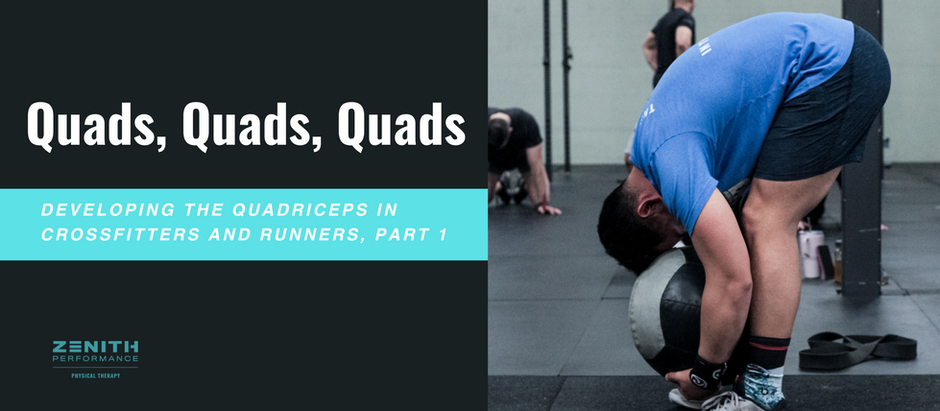At Zenith Performance Physical Therapy, many of the Crossfitters and runners that enter our clinic present with some recurrent pain and overuse injuries that stop them from training and reaching their competition goals. Whether it’s cranky knees, hips, or backs, there’s often a frequent common link among these athletes: their quadriceps need some more strength! Don’t mistakenly think that we’re saying they’re weak, per se, but the demands that they ask can be so significant that the bar is set rather high for needing some serious quadriceps strength and power.
Understanding the Quadriceps Muscle Group
Before delving into the specifics of quadriceps strength deficits, it’s crucial to grasp the role of this muscle group in human movement. Comprising four muscles located at the front of the thigh—rectus femoris, vastus lateralis, vastus medialis, and vastus intermedius—the quadriceps play a pivotal role in knee extension, hip flexion, and overall lower limb stability. Strong quadriceps are essential for activities such as squatting, jumping, and running, where power generation and joint stability are paramount. If the body feels it can’t safely enter a position relying on the quadriceps, then it’ll perform the task with other regions. This is where we tend to see overuse injuries pop up.
Crossfitters: The Challenge of Varied Demands
From weightlifting and gymnastics to cardiovascular exercises, Crossfit workouts encompass a broad spectrum of movements, placing significant stress on the musculoskeletal system. However, this varied training approach may inadvertently neglect specific muscle groups, including the quadriceps.
In Crossfit, exercises such as box jumps, wall balls, and thrusters heavily recruit the quadriceps. While these movements contribute to overall lower body strength and power, these athletes can often accomplish a task with a more hip-dominant strategy as they fatigue or due to a persistent quadriceps strength deficit.
Runners: The Impact of Repetitive Motion
On the other end of the spectrum, runners face a different set of challenges concerning quadriceps strength deficits. The repetitive nature of running places significant strain on the quadriceps, particularly during the eccentric phase of the running gait cycle. As the quadriceps eccentrically control knee flexion during the landing phase of each stride, inadequate strength in this muscle group can predispose runners to various overuse injuries, including patellofemoral pain syndrome and iliotibial band syndrome.
Furthermore, factors such as running technique, training volume, and terrain can exacerbate quadriceps imbalances in runners. Uphill running, for instance, places greater demand on the quadriceps, potentially magnifying existing strength deficits.
Check in for Pt. 2 as we discuss how to best isolate and progress loading these areas while considering symptomatic areas!
If you want to learn how to take control with some expert guidance and treatments, then that’s exactly what we provide at Zenith Performance Physical Therapy. Call or text us at 562-502-1767 to schedule a free phone consultation and come in for an evaluation!


